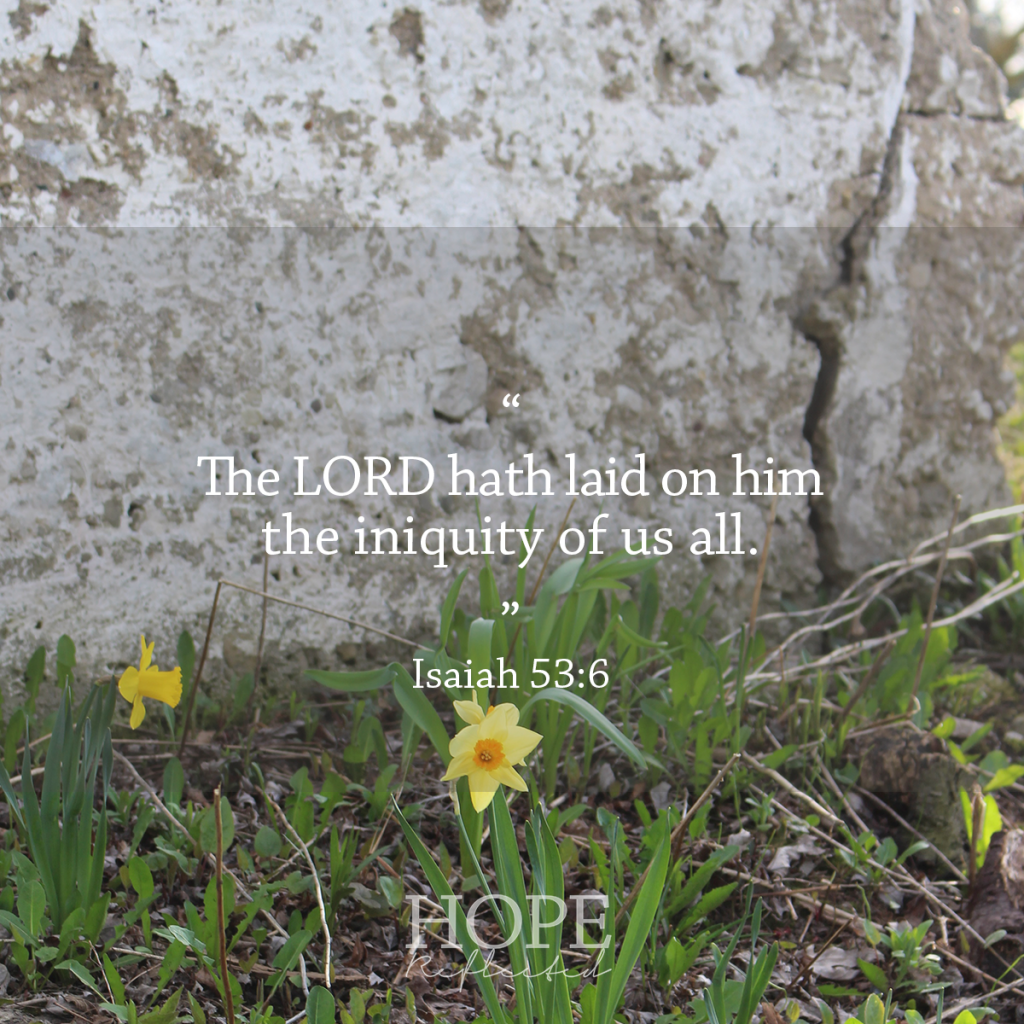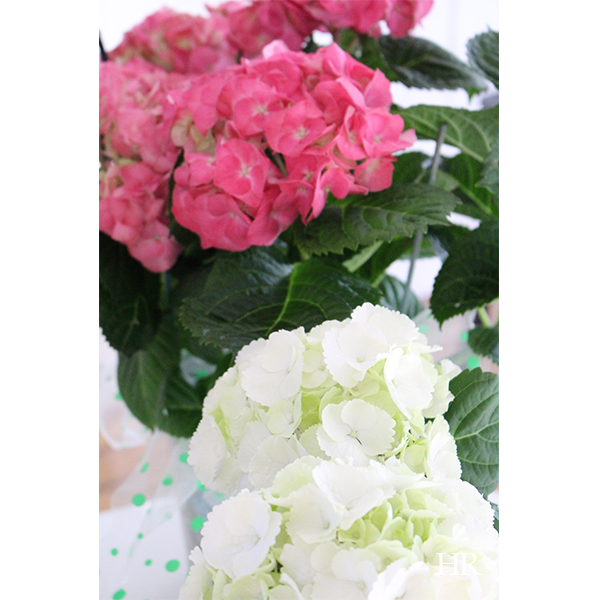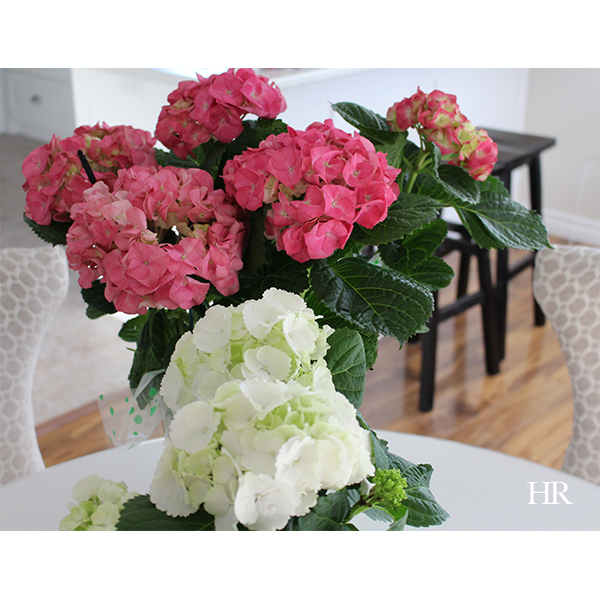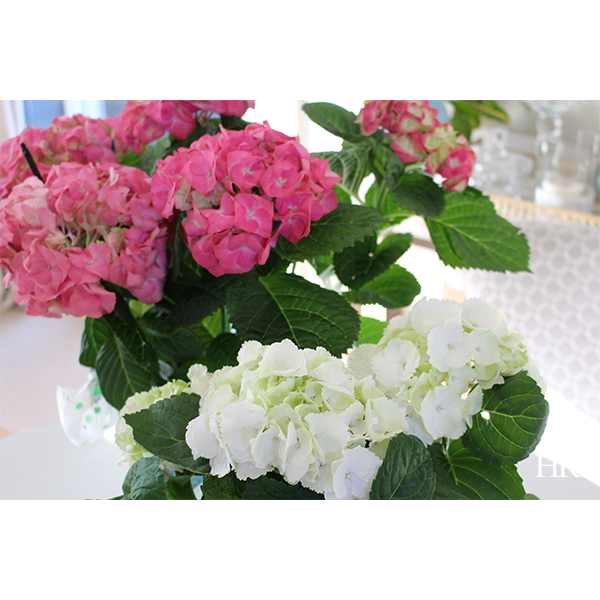Encouragement | Isaiah 53:3-7
Written by H, Posted in Christian Living, Encouragement
Next week marks the beginning of Holy Week, and as we head into this Easter season, I’m meditating on our Lord and what He took on for us, all so we can have eternal life. I woke up Sunday morning with the hymn “Hallelujah! What a Saviour!” stuck in my head, and as Wes and I read through Mark 15 where Jesus stands before Pilate, I realized how casually we often read through the account of Christ’s crucifixion and resurrection.
Really there are no words to fully describe or illustrate what Jesus went through leading up to and on and after the cross. This weekend, the passage of scripture found in Isaiah 53 struck me in a new way. I went through and underlined how Isaiah describes what happened to our Lord.
Isaiah 53:3-7 reads [emphasis my own]:
3 He is despised and rejected of men; a man of sorrows, and acquainted with grief: and we hid as it were our faces from him; he was despised, and we esteemed him not.
4 Surely he hath borne our griefs and carried our sorrows: yet we did esteem him stricken, smitten of God, and afflicted.
5 But he was wounded for our transgressions, he was bruised for our iniquities; the chastisement of our peace was upon him; and with his stripes we are healed.
6 All we like sheep have gone astray; we have turned every one to his own way; and the LORD hath laid on him the iniquity of us all.
7 He was oppressed, and he was afflicted, yet he opened not his mouth: he is brought as a lamb to the slaughter, and as a sheep before her shearers is dumb, so he openeth not his mouth.
Despised, rejected, man of sorrows, acquainted with grief, carried our sorrows, stricken, smitten of God, afflicted, wounded, bruised, chastised, oppressed, afflicted, brought as a lamb to the slaughter — our Lord endured it all, all so we can have eternal life.
Wherever you are, and whatever you’re going through, Jesus has already been through it all for you.







![False friends or counterfeit kindness; whatever you want to call it, the world is filled with people who will say one thing to your face and then another behind your back; people who will woo you in order to get something from you.
It’s sad, but it’s true.
The Bible provides us with examples from Joab to Judas, and yet, we’re surprised when we find ourselves deceived and hurt by someone else.
So what are some of the hallmarks of a true friend?
You can read more about this on hopereflected.com [Link in profile]
.
.
.
#friends #friendship #kindness #counterfeitkindness #hurt #proverbs #truefriends #hopereflected #blog #blogpost](https://www.hopereflected.com/wp-content/plugins/instagram-feed/img/placeholder.png)